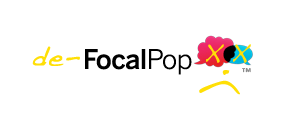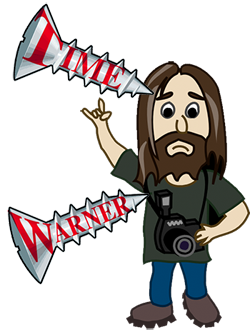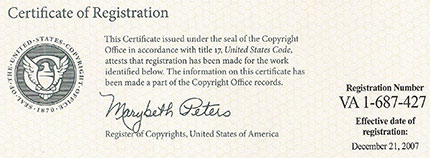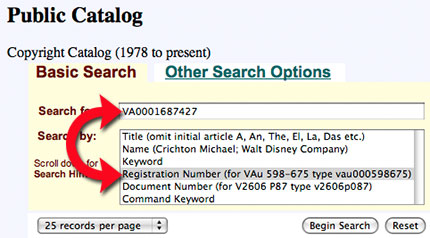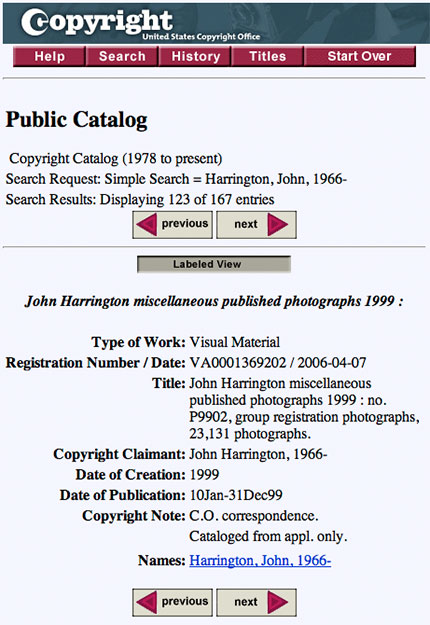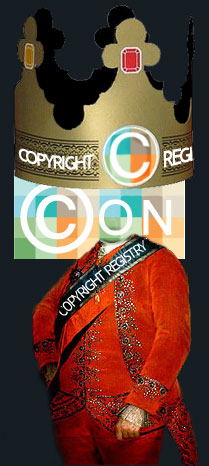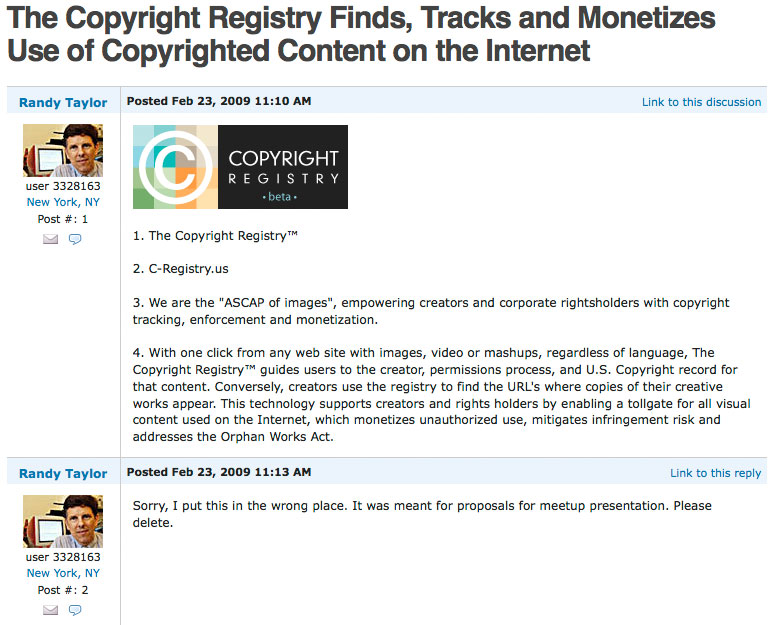Privacy Rights, Cellphone Searches, and Photographers

What right of privacy do you have to your cell phone? Well, for starters, what about your rights when a search warrant is presented? Most search warrants read something like this:
You are therefore commanded to search:What's missing from this?The Premises and building known and designated as and commonly called:1234 Main Street, Anytown USA, more specifically described as a brown single-story detached home.including all rooms, attics, and other parts therein, garages, storage rooms, and outbuildings used in connection with the premises or located thereon and in any receptacle or safe therein;
Why, it's items on your person - including things like your cell phone, camera and/or camera bag, briefcase, or backpack, provided of course, that they are on your person.
Thus, a separate warrant, or, more than likely, a warrant that includes what is called a "container search" would need to be included as a part of the warrant. There is a "physical possession test" and a "relationship test" that are applied to ascertain the constitutionality of a container search (more here in PDF form).
Ok, so how is this news, and how does it apply to photographers?
It's news because, at least in Ohio, it has just been reported that cell phones cannot be searched without a warrant, according to the states' highest court. The court stated that cell phones are "capable of storing a wealth of digitized information" and therefore they should be considered private. The New York Times writes on it here, and here is the PDF of the ruling.
How about photographers? Well, it is often reported that photographers have had their cameras seized, and either files have been reviewed and then deleted (not only easily provable, but also easily recoverable) and this ruling could be - with little effort - carried over to the privacy of digital cameras, whether or not there is a first amendment issue in play. Carlos Miller writes on his blog Photography Is Not A Crime (here) about the legality of seizing your camera, with an interesting perspective. Miller has been in an ongoing legal battle with the Miami police since 2007 over his rights on this subject. Miller does a great job of summarizing the past year today in his post - 2009: The Photography is Not a Crime year in review. There there was this video where the LA police threaten to submit a photographer's name to the FBI "hit list."
It is, however, important to note that our first amendment rights and our fourth amendment rights, while guaranteed under the constitution, may not necessarily be top-of-mind for those hoping to usurp those rights, even while wearing a badge. Now would be a good time for you, dear reader, to take a few minutes, and not only get the name and both regular and emergency contact numbers for a good first amendment-savvy attorney, but also to put those numbers into your cell phone - the one that's now decreed (at least in Ohio) as private, but also give to someone you might have to call should someone in law enforcement attempt to trample on your rights.
Here's a reminder - that badge they are wearing is what requires them to protect you while protecting others - and that includes protecting you and ALL your rights, including those guaranteed under the 1st and 4th amendments. If you are a staff photographer, be sure you have not just your photo desks' phone number programmed in, but that of your organizations' legal team too. Doing so could well limit your time in a holding cell.
Please post your comments by clicking the link below. If you've got questions, please pose them in our Photo Business Forum Flickr Group Discussion Threads.
